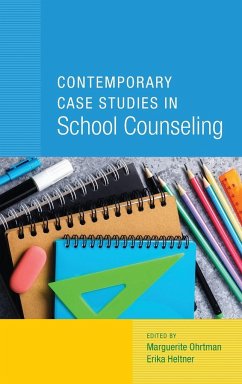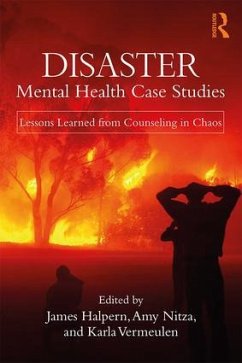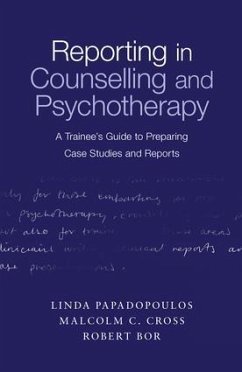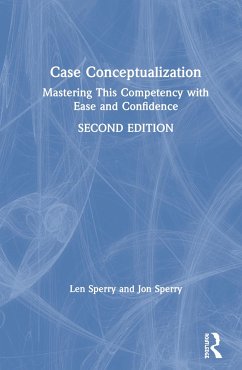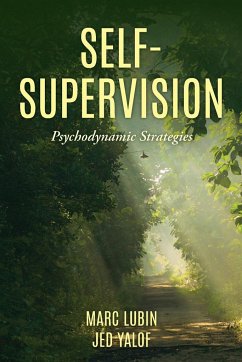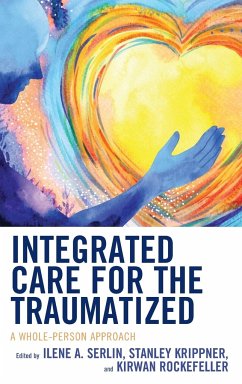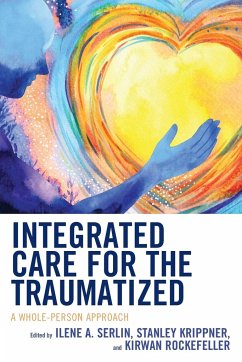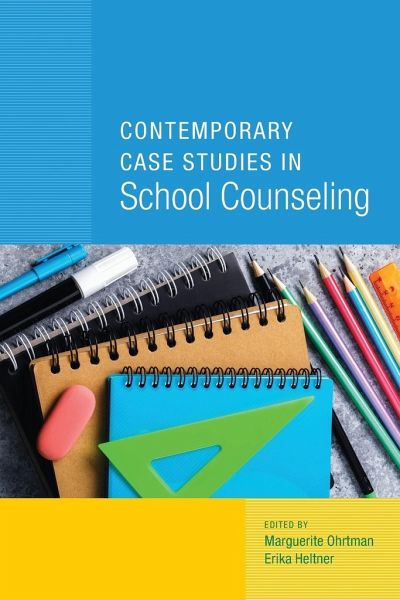
Contemporary Case Studies in School Counseling
Versandkostenfrei!
Versandfertig in 1-2 Wochen
35,99 €
inkl. MwSt.

PAYBACK Punkte
18 °P sammeln!
Contemporary Case Studies in School Counseling is not a guide to school counseling but rather a conversation starter on the challenges that school counselors face on a daily basis. From cyber- sexting to unmotivated students to anxiety disorders, school counselors must be ready for the unexpected. Throughout the sixteen case studies, readers will be guided through therapies, strategies, and solutions from a school counselor's perspective. Readers are given a first hand look into the rationale, biases, and experiences that guide the counseling process. From the perspective of a school counselor...
Contemporary Case Studies in School Counseling is not a guide to school counseling but rather a conversation starter on the challenges that school counselors face on a daily basis. From cyber- sexting to unmotivated students to anxiety disorders, school counselors must be ready for the unexpected. Throughout the sixteen case studies, readers will be guided through therapies, strategies, and solutions from a school counselor's perspective. Readers are given a first hand look into the rationale, biases, and experiences that guide the counseling process. From the perspective of a school counselor, readers will be vividly drawn into the varying situations and approaches for each case study, guided through various therapy approaches, and given questions for discussion in small groups or large classrooms. This book will help train better school counselors, as the audience will be presented with current situations and problems that school counselors face in the twenty-first century .





